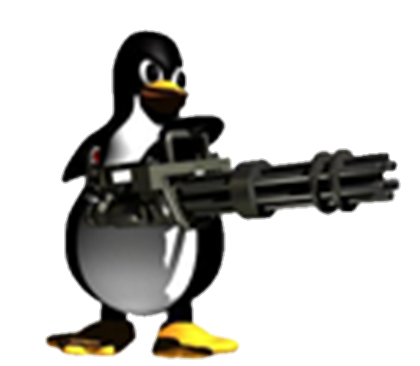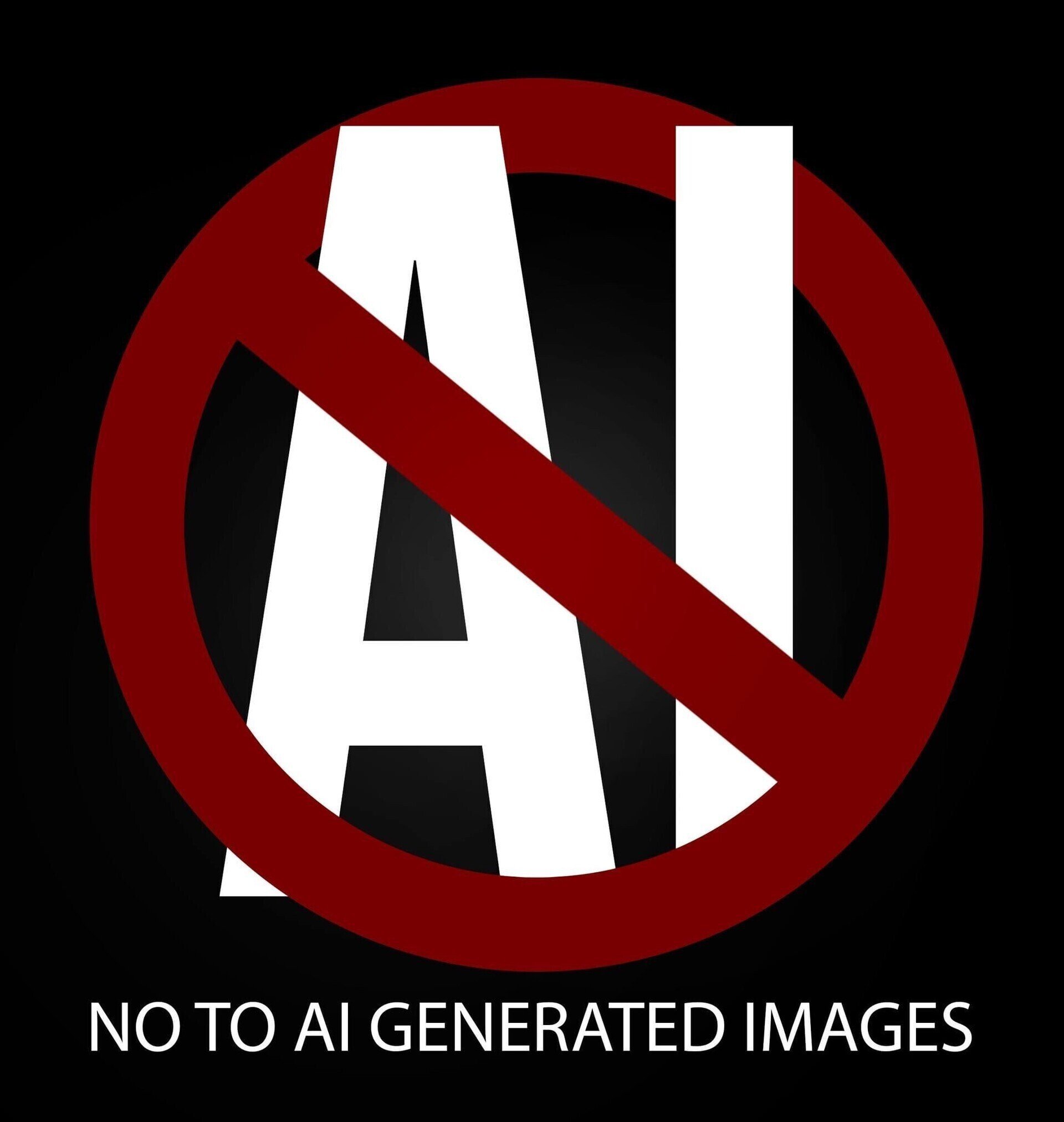

I daily drive Fedora and if I had to guess, it’s because you need to manually enable non free software repos and features. If you don’t know what to look for, you can easily get frustrated by things like poor hardware acceleration in browsers (due to some codecs being nonfree and hence not available OOTB) and worse driver availability. IIRC you need to manually add the repos, you can’t just toggle something in settings.
Other distros tend to bundle these things (or give you a direct toggle).








Does that automatically setup RPMFusion? That’s where most of the things I was talking about live. Last time I ran the installer was a few years ago (plus I use the KDE spin which maybe is a bit different) and I don’t remembet an option to enable RPMFusion, so maybe it’s changed.